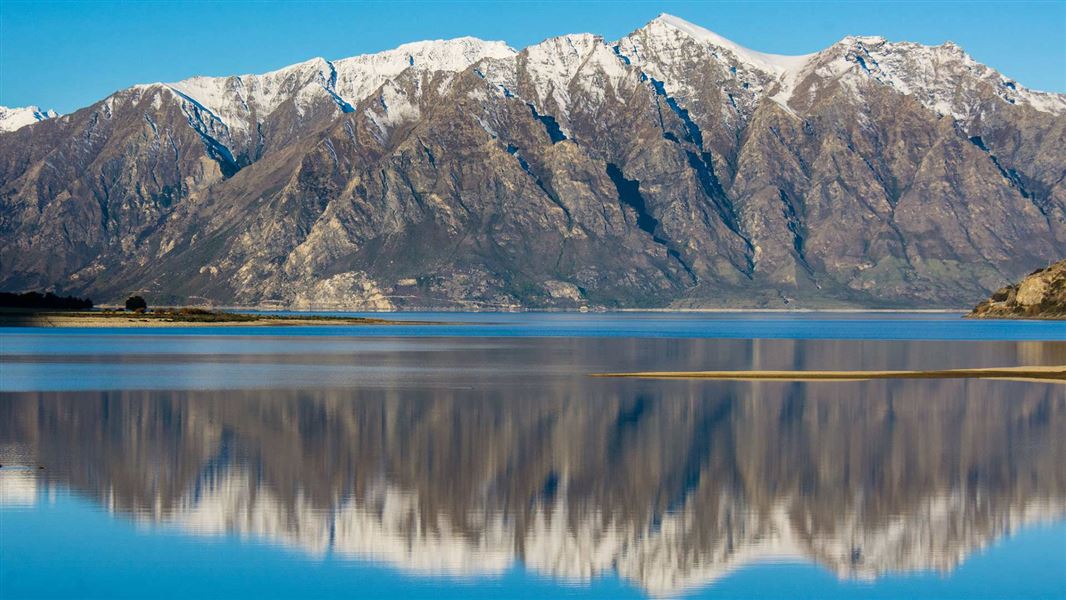The park is remote. Access is by walking, horseback, jet boat, aircraft and mountain bike only.
Hāwea Conservation Park is remote and rugged backcountry. Make sure you prepare well for your visit.
Your safety is your responsibility. You need to plan properly and be well equipped. This includes having appropriate maps.
In summer, very hot and dry conditions are common. Make sure you carry a good water supply and have adequate protection against the sun.
Alpine conditions may be experienced at any time of year. Be prepared and ensure that you carry warm, windproof clothing and have the appropriate footwear. Much of the area is under snow during the winter months.
Before you start, get the latest weather forecast, track conditions and information from a DOC visitor centre.
There may be avalanche danger
Avalanches usually occur from May to November in Wakatipu, Wānaka and Central Otago. There can also be avalanches outside this period, if there is still snow coverage.
If you are going into avalanche terrain, always:
- Have the relevant avalanche skills and training.
- Check the ATES rating and the New Zealand Avalanche Advisory.
- Go with a buddy. Both of you should carry and know how to use an avalanche transceiver, a snow shovel and a probe.
Hāwea Conservation Park is home to many threatened birds, including kea, rock wren, falcon, black fronted tern, wrybill, kaka and parakeets, as well as gecko, and special plant species including thePittosporum patulum, the red flowering mistletoe, the tree daisy Olearia lineata and coral broom.
The park also has spectacular landforms including the broken, craggy tops of the McKerrow Range and the high, glaciated peaks of Barth, Huxley, Strauchon and Brewster. The park straddles the transitional zone from the glaciers of Mount Aspiring National Park to the dry grassland of the Lindis country.
The area has a history of Māori exploration and occupation. Europeans also carried out exploration, early pastoralism, sawmilling, and flax milling and there is evidence of limited gold mining activity around Timaru Creek.
The historic Ben Avon Hut is located in the park, but is not available for overnight accommodation.
Hāwea Conservation Park was created in 2008 and comprises new conservation land from the tenure review process together with already existing conservation land, and several areas of unallocated Crown land. The tenure reviews were for the Makarora, Ben Avon, Longslip and Dingleburn pastoral leases.
An area of the former Birchwood Station located in the upper Dingleburn and acquired by the Nature Heritage Fund has also been included in the park.
Wānaka Tititea/Mount Aspiring National Park
Visitor Centre
| Phone: | +64 3 443 7660 |
| Email: | wanakavc@doc.govt.nz |
| Address: | 1 Ballantyne Road Wānaka 9305 |
| Hours: | Visitor centre hours and services |
